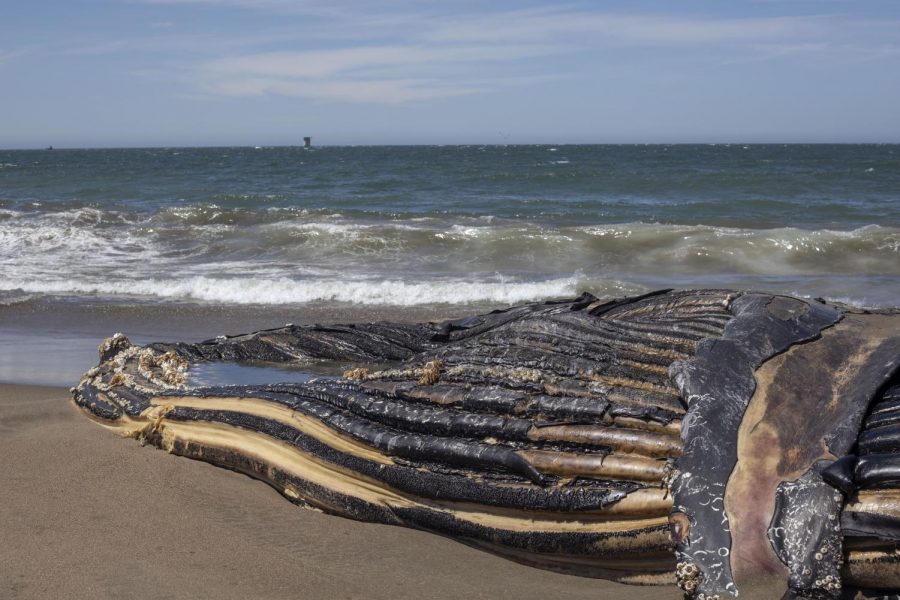 San Francisco’s coast and estuary are a vital resource for the water’s ecosystem and to the community. The San Francisco Estuary Partnership states that the mix of freshwater and saltwater surrounding the city has created a lot of biological diversity. The decline in water quality in areas like the bay has caused drop in aquatic habitats.
San Francisco’s coast and estuary are a vital resource for the water’s ecosystem and to the community. The San Francisco Estuary Partnership states that the mix of freshwater and saltwater surrounding the city has created a lot of biological diversity. The decline in water quality in areas like the bay has caused drop in aquatic habitats.
“Areas up in Tomales and Humbolt are working to farm a native species of oysters in the bay area … Having those oysters is an important natural way of filtering water.” said Randy Lovell, the Aquaculture Coordinator at the California Department of Fish and Wildlife. “Due to the change in quality of San Francisco’s waters, shellfish can’t be properly farmed.”
The loss of oyster reefs in the bay has affected its entire ecosystem.Oysters are natural filter feeders, filtering out small sediments and contaminants in the water. The unclean water has made it difficult for underwater grass to grow, reducing habitats for fish.
The California Shellfish Initiative is a proposal put together by the Pacific Coast Shellfish Growers Association, a board of shellfish farmers who work on environmental protection and safety.
The initiative works to advance local restoration plans for the bay, partnering with the California Coastal Conservancy to rebuild its native oyster reefs and wetlands.
“We started to develop a regional monitoring program for the wetlands,” said Heidi Nutters, an environmental planner for the San Francisco Estuary Partnership.
Aquaculture, a controlled process for farming, breeding and rearing aquatic organisms such as algae, plants and shellfish, is used in the Bay Area for food production and restoration of species and habitats.
Fish farmers have started to use these methods to reverse the damage from overfishing certain shellfish and fish. One of the more common subsections of aquaculture used is mariculture, where large water tanks or artificial channels of water are set up in open water to breed mollusks and grow seaweed.
“It’s important for people to realize all the impacts aquaculture has on the waters,” Lovell said. “Aquaculture does improve the quality of the water when farming animals and plants, but it only helps some of the habitats improve. There’s a balance you have to find.”








